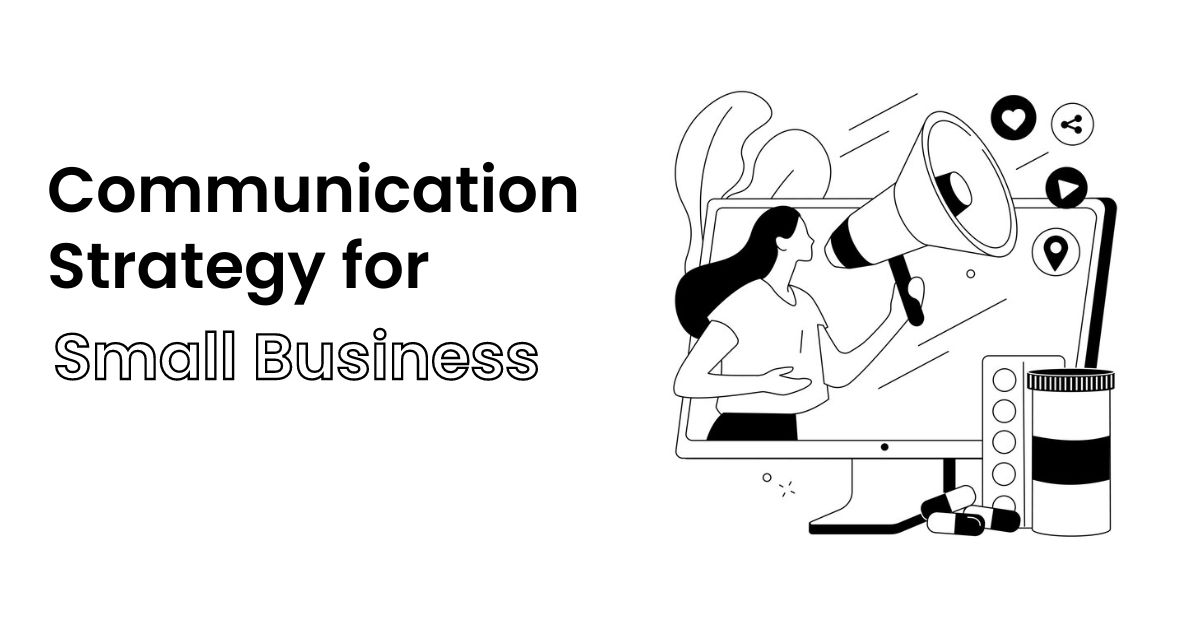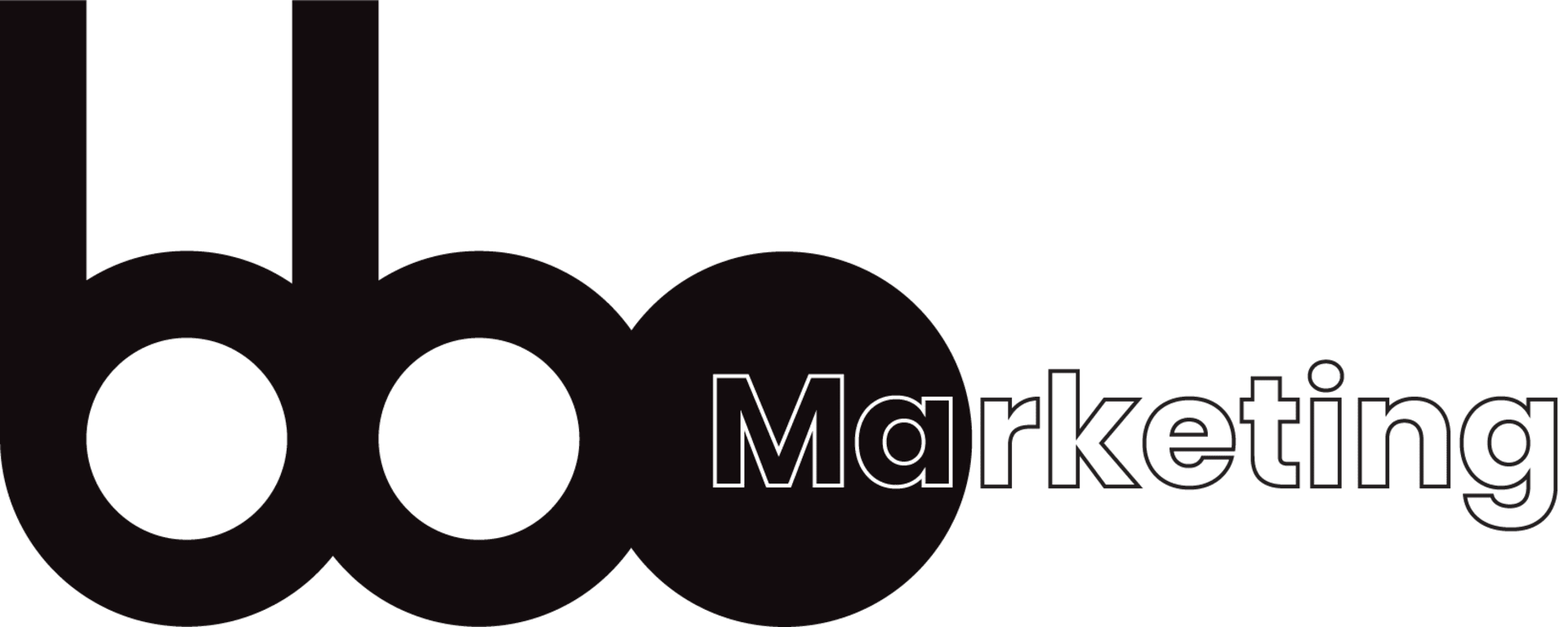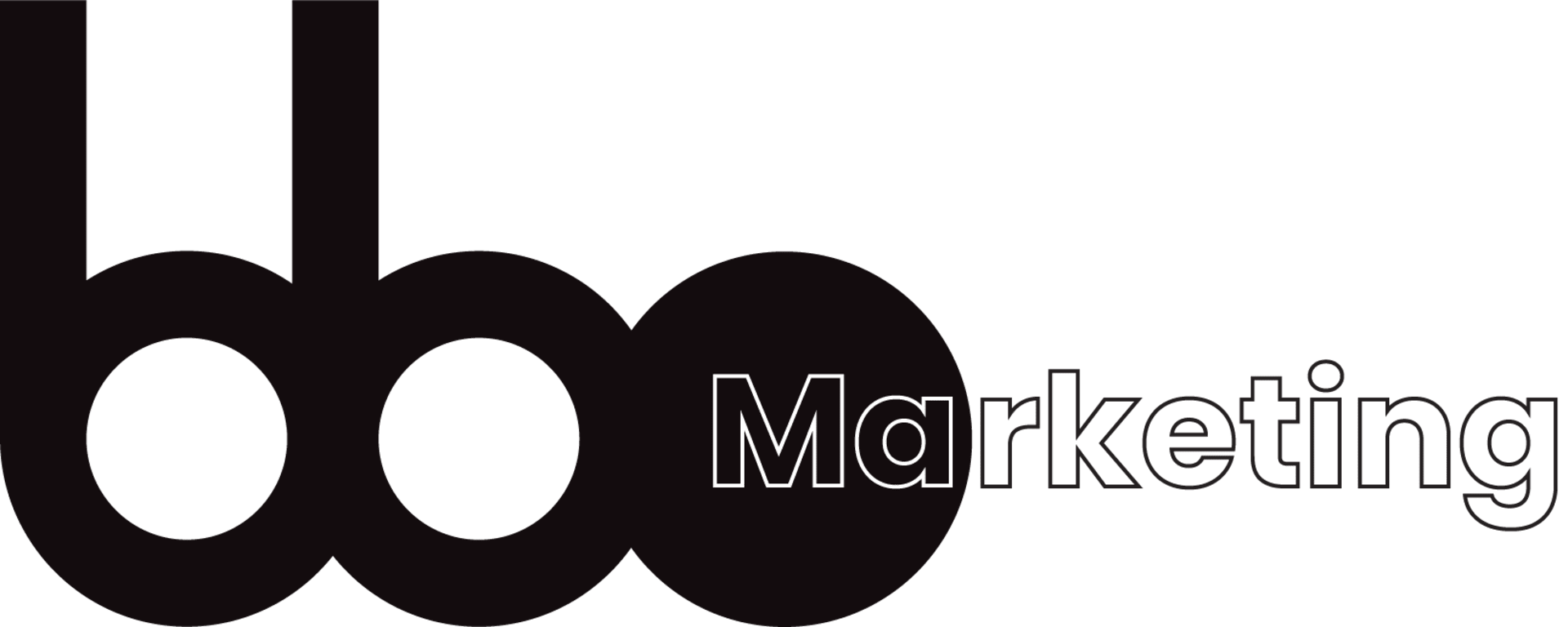
How to Build Marketing Communication Strategy for Small Businesses
In today’s competitive business world Marketing Strategy in essential, a good marketing communication strategy is important for small businesses to succeed and grow. At BBO Marketing, we’ve helped numerous small businesses develop and implement effective marketing communication strategies that drive results.
“A Marketing Communication Strategy, often referred to as a MarCom strategy, is a comprehensive plan that outlines how a business will communicate its marketing messages to its target audience. It’s the roadmap that guides all of a company’s promotional and marketing efforts, ensuring that all communication activities are coordinated, consistent, and effective in reaching business goals.“
Building Marketing Communication Strategy for Small Businesses includes defining goals, identifying target audience, developing value proposition, selecting channels, creating content, planning calendar, crafting brand messaging, implementing strategy, and optimizing performance through monitoring and measurement.
In this guide, we will show you the key steps to create a strong marketing communication strategy for your small business. Also, we explain How BBO Marketing Builds a Marketing Communication Strategy for Small Businesses.
See How BBO Marketing Can Drive More Sales to Your Small Business
Branding: Build a cohesive brand identity with our comprehensive services, including Brand Kit, Brand Management, and Social Media Branding.
Marketing: Drive traffic and engagement through SEO, Content Marketing, and Paid Media strategies that deliver measurable results.
Designing: Elevate your online presence with stunning Web Designing, intuitive UI/UX, and high-converting Landing Pages.
Understanding the Importance of a Marketing Communication Strategy
Before we start the steps, it’s important to know why a marketing communication strategy is essential for small businesses. An effective marketing communication strategy:
- Enhances brand awareness and recognition
- Drives informed purchase decisions
- Builds strong relationships with customers and prospects
- Increases customer loyalty and retention
- Makes your business stand out in a crowded market.
- Ensures consistent messaging across all channels
Now, let’s look at the steps to create a marketing communication strategy. This will help your small business succeed.
Steps to create a marketing communication strategy
1. Define Your Marketing Communication Goals
The first step in building your marketing communication strategy is to clearly define what you want to achieve. At BBO Marketing, we help our clients break down their goals into short-term and long-term objectives:
- Short-term goals: These could include raising website traffic by 30% in the next three months. They might also involve increasing social media engagement by 25% in the next month.
- Long-term goals: Think about aims like improving brand image or raising market share by 10% in the next 18-24 months.
Remember, your marketing communication goals should align with your overall business objectives. This ensures that every message you send contributes to your company’s growth and success.
2. Identify and Understand Your Target Audience
A crucial element of any marketing communication strategy is knowing who you’re talking to. At BBO Marketing, we use advanced market research techniques to help small businesses precisely define their target audience. Consider the following:
- Demographic information: Age, gender, income, education level
- Geographic location: Local, national, or international
- Psychographic factors: Interests, values, lifestyle choices
- Buying behaviors and preferences
- Preferred communication channels
Creating detailed buyer personas from this information will help you choose the right messages and channels. This ensures your marketing communications connect with your audience.
3. Develop Your Unique Value Proposition
In a competitive market, your marketing communication strategy should clearly articulate what sets your business apart. To define your unique value proposition:
- Conduct a thorough SWOT assessment (Strengths, Weaknesses, Opportunities, Threats).
- Analyze your competitors to identify gaps in the market
- Gather customer feedback to understand what they value most about your business
Your unique value proposition should be clear, concise, and consistently communicated across all channels in your marketing communication strategy.
4. Choose Your Marketing Communication Channels
Choosing the right mix of communication channels is important. It helps you reach more people and improve your marketing strategy. Consider these options:
- Social media platforms (Facebook, Instagram, LinkedIn, Twitter)
- Email marketing
- Content marketing (blog posts, articles, whitepapers)
- Video marketing (YouTube, TikTok, Instagram Reels)
- Paid advertising (Google Ads, social media ads)
- Public relations and media outreach
- Direct mail
Remember, it’s better to excel on a few key channels than to have a mediocre presence on many. Choose channels that align with your target audience’s preferences and your business goals.
5. Create Compelling Content
Content is the backbone of your marketing communication strategy. At BBO Marketing, we help businesses create content that educates, engages, and converts. Consider these content formats:
- Blog posts and articles
- Social media content (posts, stories, reels)
- Video content
- Podcasts and webinars
- Email newsletters
- Infographics and visual content
Your content should align with your brand voice, address your audience’s pain points, and provide value. This positions your business as a trusted authority in your industry.
6. Develop a Content Calendar
A well-planned content calendar is crucial for consistent, strategic communication. Your content calendar should:
- Outline when and where content will be published
- Ensure a balanced mix of content types and topics
- Align with your marketing campaigns and business events
- Allow for flexibility to respond to current events or trends
Planning your content ahead of time creates a clear path for your marketing strategy. However, be ready to make changes when necessary.
7. Craft Memorable Brand Messaging
Your marketing communication strategy should include clear, consistent brand messaging. This includes:
- Taglines and slogans
- Key messages that highlight your unique value proposition
- Brand voice and tone guidelines
Ensure your brand messaging is simple, memorable, and aligned with your brand image and product attributes.
8. Implement and Execute Your Strategy
With your marketing communication strategy in place, it’s time to put it into action. This involves:
- Creating and scheduling content
- Launching advertising campaigns
- Engaging with your audience on chosen platforms
- Monitoring and responding to audience interactions
Remember, consistent execution is key to the success of your marketing communication strategy.
9. Monitor, Measure, and Optimize
A successful marketing communication strategy is never static. Regularly monitor your performance using metrics such as:
- Website traffic and engagement
- Social media metrics (followers, engagement rates)
- Email open and click-through rates
- Lead generation and conversion rates
- Sales and revenue growth
Use these insights to refine and improve your marketing communication strategy over time.
How BBO Marketing Builds a Marketing Communication Strategy for Small Businesses
At BBO Marketing, we’ve refined our process for creating effective marketing communication strategies tailored to small businesses. Our approach combines industry best practices with innovative techniques to deliver results-driven strategies. Here’s an inside look at our process:
1. In-Depth Discovery Session
We begin with a comprehensive discovery session to understand your business inside and out. This includes:
- Analyzing your current market position
- Reviewing existing marketing efforts and their effectiveness
- Identifying your unique selling propositions
- Understanding your business goals and challenges
2. Market and Competitor Analysis
Our team conducts thorough market research to:
- Identify industry trends and opportunities
- Analyze your competitors’ communication strategies
- Uncover gaps in the market that your business can fill
3. Target Audience Profiling
We use advanced data analytics and consumer behavior studies to create detailed buyer personas. This includes:
- Demographic and psychographic analysis
- Customer journey mapping
- Identifying key touchpoints and communication preferences
4. Strategy Development Workshop
We hold a collaborative workshop with your team to:
- Define clear, measurable communication objectives
- Brainstorm creative messaging ideas
- Align the strategy with your overall business goals
5. Channel Selection and Planning
Based on our research and your objectives, we:
- Identify the most effective channels for reaching your audience
- Develop a multi-channel communication plan
- Create a budget allocation strategy for each channel
6. Content Strategy and Creation
Our creative team develops:
- A comprehensive content calendar
- Guidelines for brand voice and messaging
- A mix of content types tailored to each channel
7. Implementation Roadmap
We provide a detailed plan for rolling out your strategy, including:
- Timeline for implementation
- Resource allocation recommendations
- Training for your team on executing the strategy
8. Measurement and Analytics Setup
We establish:
- Key performance indicators (KPIs) for each aspect of the strategy
- Analytics tools and dashboards for tracking progress
- Regular reporting schedules
9. Ongoing Optimization
Our partnership doesn’t end with strategy delivery. We offer:
- Regular strategy review sessions
- Data-driven recommendations for improvements
- Agile adjustments based on performance and market changes
10. Continuous Support and Education
We provide:
- Ongoing consulting to address new challenges
- Training sessions to keep your team updated on the latest marketing trends
- Access to our resource library and marketing tools
By following this comprehensive process, BBO Marketing ensures that each small business we work with receives a customized, effective marketing communication strategy designed to drive real results. Our approach combines data-driven insights with creative expertise, allowing us to craft strategies that not only reach your target audience but also resonate with them, driving engagement and business growth.
See How BBO Marketing Can Drive More Sales to Your Small Business
Branding: Build a cohesive brand identity with our comprehensive services, including Brand Kit, Brand Management, and Social Media Branding.
Marketing: Drive traffic and engagement through SEO, Content Marketing, and Paid Media strategies that deliver measurable results.
Designing: Elevate your online presence with stunning Web Designing, intuitive UI/UX, and high-converting Landing Pages.
Conclusion
Building an effective marketing communication strategy is crucial for small businesses looking to make a significant impact. By following these steps and using expert advice, you can build a strategy that connects with your audience. This will strengthen your brand and help your business grow.
Remember, an effective marketing communication strategy is an ongoing process. Keep working on improving your approach. You will see benefits like more customer engagement, stronger brand loyalty, and business success.
Need expert help in crafting your small business marketing communication strategy? Contact BBO Marketing today for a personalized consultation. Let’s work together to make your business communication truly exceptional.
See How BBO Marketing Can Drive More Sales to Your Small Business
Branding: Build a cohesive brand identity with our comprehensive services, including Brand Kit, Brand Management, and Social Media Branding.
Marketing: Drive traffic and engagement through SEO, Content Marketing, and Paid Media strategies that deliver measurable results.
Designing: Elevate your online presence with stunning Web Designing, intuitive UI/UX, and high-converting Landing Pages.

